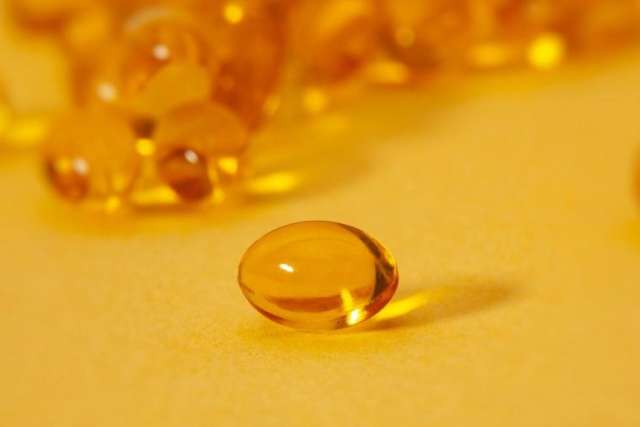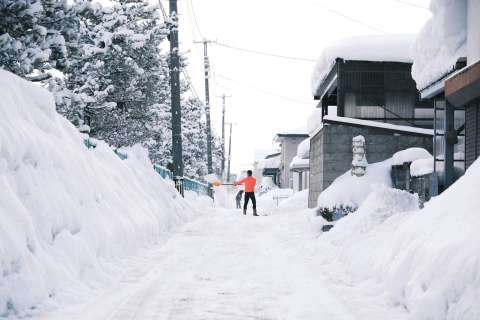Dear Doctors: I have read that older adults may not get enough vitamin D in winter. My father-in-law is 73 years old. He’s from Florida, but he’s spending a year with us here in Maine. He can’t be outdoors all the time like he is at home. How important is vitamin D? How do we know if he’s getting enough?
Dear Reader: Your question keys right into why vitamin D is often referred to as the “sunshine vitamin.” It’s a nutrient essential to human health and well-being and is produced by the body in response to exposure to sunlight. Vitamin D helps the body absorb calcium and maintain proper blood levels of both calcium and phosphorus. These functions are critical to the growth and maintenance of healthy teeth and bones. Newer research shows the vitamin has an anti-inflammatory effect, helps the body fight infection and can reduce cancer cell growth in some situations. Vitamin D receptors are found in tissues throughout the body and in several major organs. This suggests additional roles for the nutrient that have not yet been identified.
How much vitamin D someone needs depends on their age. Children, teens and adults up to the age of 70 are advised to get 600 international units, or IU, per day. Absorption becomes less efficient as we age, so older adults, like your father-in-law, are advised to get 800 IU per day. For infants up to 12 months old, the recommendation is 400 IU of vitamin D per day. While the nutrient is found in some foods, such as fatty fish, beef liver, egg yolks, cheeses and some mushrooms, most of us don’t eat enough of these to fulfill our daily requirement. To compensate, a range of commonly consumed prepared foods are fortified with the nutrient. These include dairy products, many breakfast cereals and some brands of prepared orange juice.

And then, of course, there’s sunshine. When the ultraviolet rays in sunlight hit the surface of the skin, they trigger a complex chemical reaction. With an assist from the kidneys, liver and other cellular structures, our bodies manufacture vitamin D. For those with light skin, 15 to 30 minutes of full sunlight on bare arms, legs or torso at least two or three times per week will do the trick. Melanin offers a protective effect, so people with darker skin need longer exposure. People with any kind of history or risk of skin cancer should rely on diet and supplements to get their daily allowance.
It’s important to note that several factors can interfere with natural vitamin D production. Clothing and sunscreen either partially or completely block UV light, which hinders or prevents vitamin D formation. In northern latitudes like your own, with shorter days, weaker sunlight and bad weather that keeps people indoors, getting enough vitamin D naturally can become a challenge. Your father-in-law can learn his vitamin D status with a simple blood test. If it’s low, his health care provider will offer guidance on supplementation. These can include fortified foods, vitamins or, in cases of serious deficit, vitamin D injections.
(Send your questions to [email protected], or write: Ask the Doctors, c/o UCLA Health Sciences Media Relations, 10960 Wilshire Blvd., Suite 1955, Los Angeles, CA, 90024. Owing to the volume of mail, personal replies cannot be provided.)



